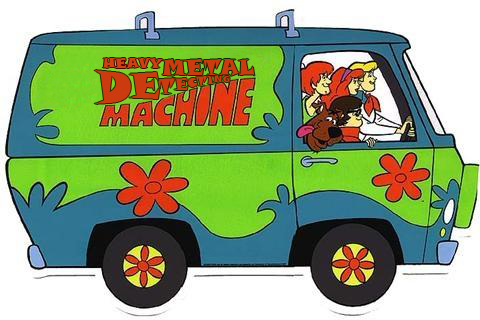Team:SouthBend-Mishawaka-HS-2/Safety
From 2011.igem.org
(Difference between revisions)
Bmiramontes (Talk | contribs) |
Bmiramontes (Talk | contribs) |
||
| Line 43: | Line 43: | ||
<br> | <br> | ||
<br> | <br> | ||
| - | |||
| - | |||
<li><strong>Is there a local biosafety group, committee, or review board at your institution? </strong> | <li><strong>Is there a local biosafety group, committee, or review board at your institution? </strong> | ||
<ul> | <ul> | ||
| Line 50: | Line 48: | ||
<li> If no, which specific biosafety rules or guidelines do you have to consider in your country? </li> | <li> If no, which specific biosafety rules or guidelines do you have to consider in your country? </li> | ||
</ul> | </ul> | ||
| - | |||
<br> | <br> | ||
| - | |||
<li><strong>Do you have any other ideas how to deal with safety issues that could be useful for future iGEM competitions? How could parts, devices and systems be made even safer through biosafety engineering? </strong></li> | <li><strong>Do you have any other ideas how to deal with safety issues that could be useful for future iGEM competitions? How could parts, devices and systems be made even safer through biosafety engineering? </strong></li> | ||
<br> | <br> | ||
| - | |||
Revision as of 15:45, 22 June 2011
| Home | Team | Official Team Profile | Project | Parts Submitted to the Registry | Modeling | Notebook | Safety | Attributions |
|---|
Safety
To address potential safety issues with our project, we were asked by iGEM to answer the following questions:
| <p>
|
 "
"
